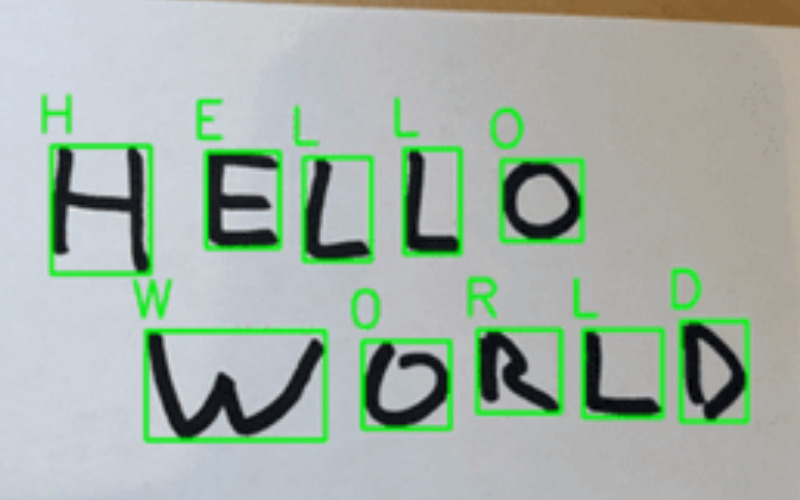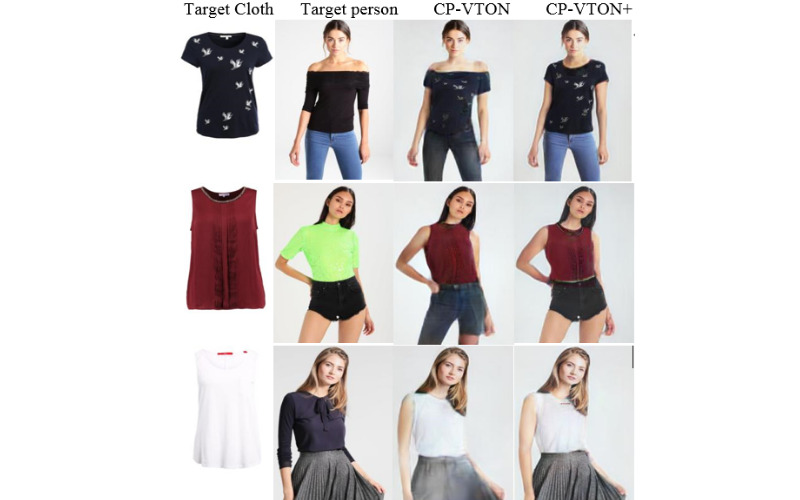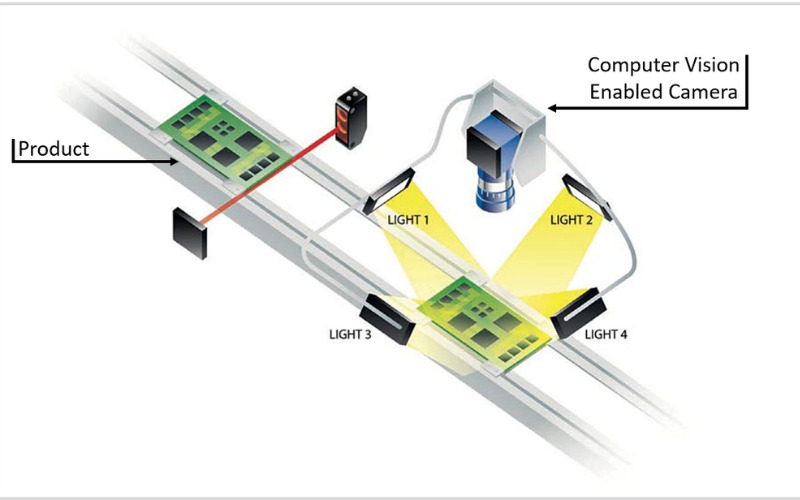Computer vision is an emerging field of Artificial Intelligence (AI) and computer science that makes a speciality of allowing computers to recognise and interpret visible data from images or movies. It entails algorithms and techniques to extract meaningful information from visual inputs. Computer vision algorithms examine and process visual information to perform tasks which include photo recognition, object detection and tracking, facial recognition, scene detection, and image creation. These algorithms use mathematical models and machine learning strategies to understand patterns, classify objects, and extract relevant features from images or videos. Here are a few applications where Computer vision is applied:
1. Object Detection
Object detection is a technique that identifies and localises objects within images or videos. It uses deep learning algorithms to find and draw bounding boxes around objects of interest. Object detection is used in applications like autonomous vehicles, surveillance systems, and object-based image retrieval.
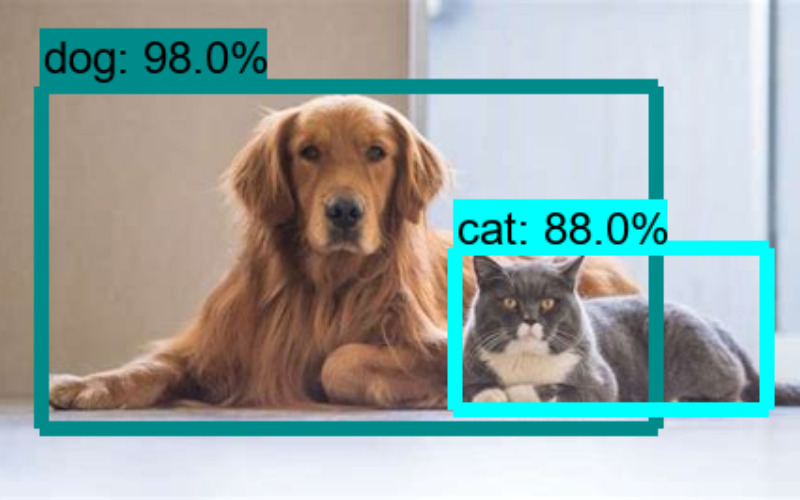
2. Face Detection
Face detection is the process of locating human faces within images or video frames. It involves using machine learning algorithms to detect facial features like the iris and nose and differentiate them from other objects in the scene. It is essential in applications which include photography, video calling, and security systems.
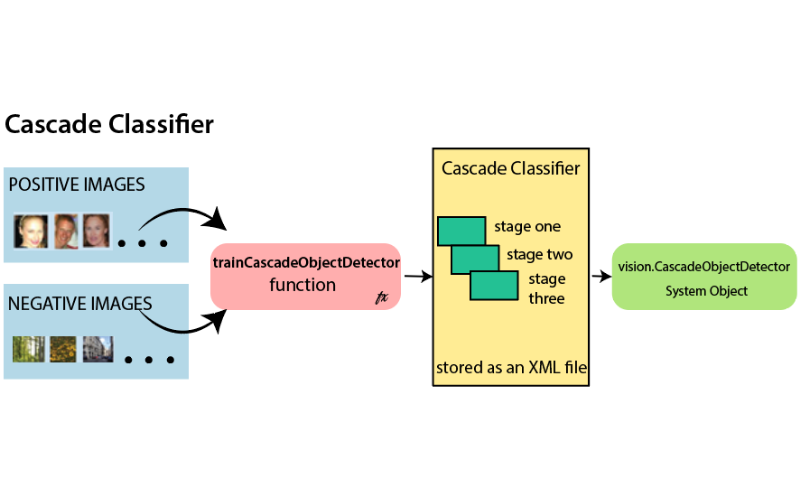
3. Facial Recognition
Facial recognition goes beyond face detection by recognizing and identifying individuals based on their facial features like mouth and eyes. It uses algorithms to match detected faces with a database of familiar faces. It is utilised in access control systems, law enforcement, and user authentication.

4. Emotion Analysis
Emotion analysis, also known as facial expression analysis, uses computer vision to recognize and interpret human emotions from facial expressions. It involves training models to detect facial features and determine emotional states like anger, happiness, sadness, etc. It is used in market research, customer feedback analysis, and human-computer interaction.
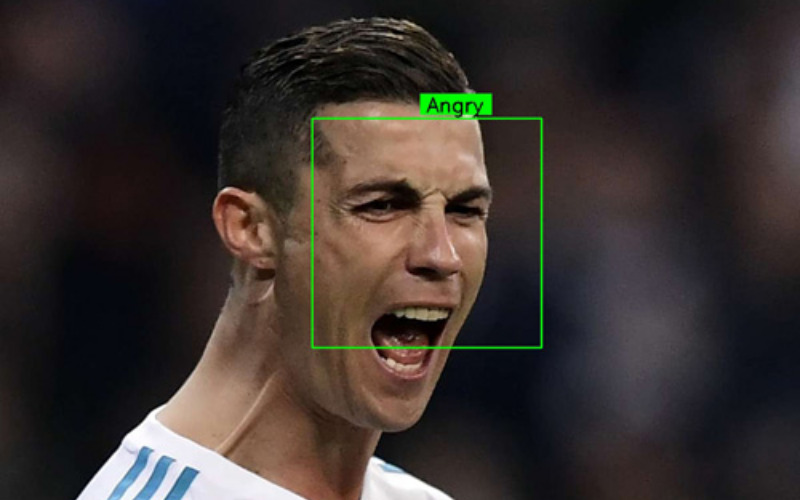
5. Pose Estimation
Pose estimation detects the position and orientation of human body parts in images or videos. It is commonly used in applications such as animation, motion capture for movies and video games, and fitness tracking.
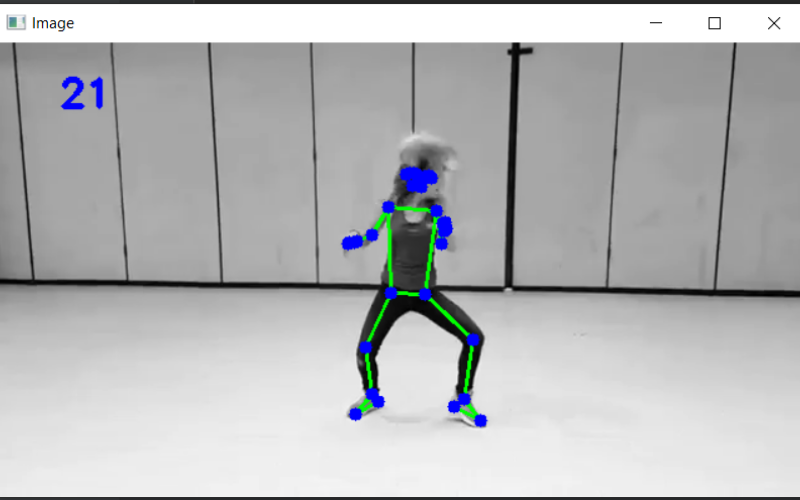
6. Image Segmentation
Image segmentation divides an image or picture into distinct regions or pixels to identify objects or boundaries. It is an essential step in computer vision activities like object recognition and image editing.
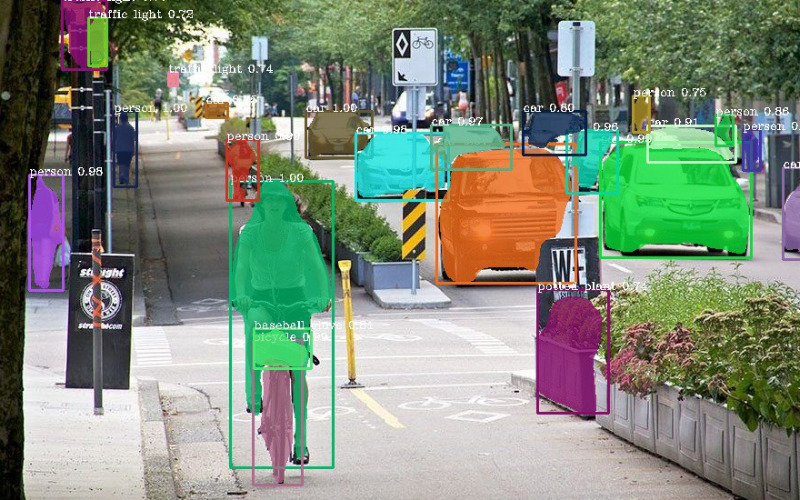
7. Scene Recognition
Scene recognition is the process of categorizing images into several scene types like landscapes, buildings, or indoor scenery. It is utilised in content-based image retrieval, autonomous navigation, and image understanding.
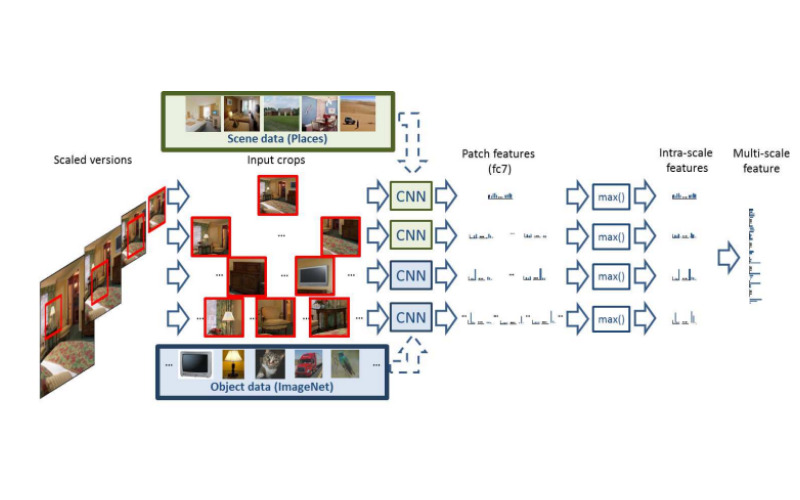
8. OCR (Optical Character Recognition)
OCR technology converts text in images or scanned documents into editable and searchable digital format. It is extensively used in document digitisation, data extraction, and text recognition.
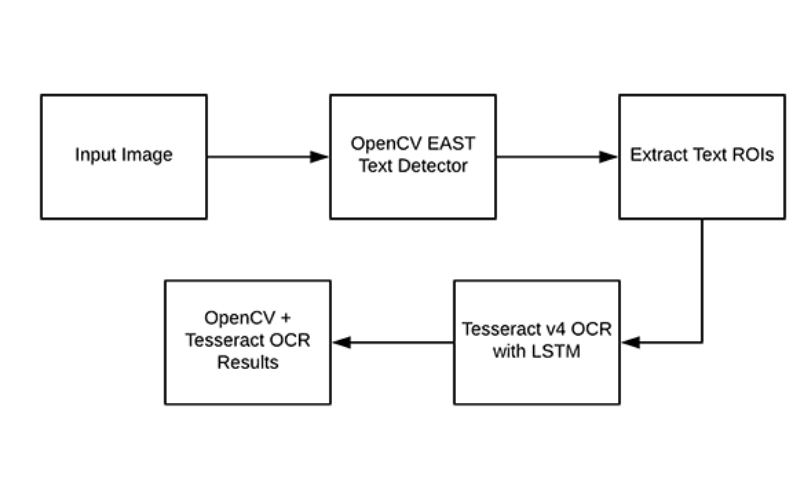
9. Handwriting Recognition
Handwriting recognition is the process of converting handwritten text into digital format. It is used for applications such as digital note-taking, document processing, and signature verification.
10. Augmented Reality
Augmented reality overlays virtual elements in the real world, enhancing customer experiences in gaming, education, and entertainment.
11. Virtual Try-On
Virtual try-on is a computer vision application that allows users to visualize and try on accessories, clothing, or even makeup virtually. It uses augmented reality techniques to overlay virtual garments onto real-time images and videos of the user. It revolutionizes the e-commerce industry, offering customers a customised and immersive shopping experience. Users can virtually try on several outfits, check the fit and style, and make confident purchase decisions without physically trying on the products.
12. Quality Inspection
Quality inspection using computer vision involves automated inspection of products to detect defects and ensure manufacturing consistency. It offers image processing and machine learning algorithms to analyze visual data from cameras or sensors. In manufacturing environments, computer vision systems can inspect products for defects, measure dimensions, and check for colour consistency, ensuring that only high-quality products reach the market. This technology not only improves product quality but also enhances production efficiency by reducing manual inspections.
13. Gesture Recognition
Gesture recognition is an application involving computer vision that interprets movements and gestures to control devices or interact with computers. It utilises image processing and deep learning strategies to detect and understand gestures. It is used in applications such as gaming, human-computer interaction and sign language recognition.
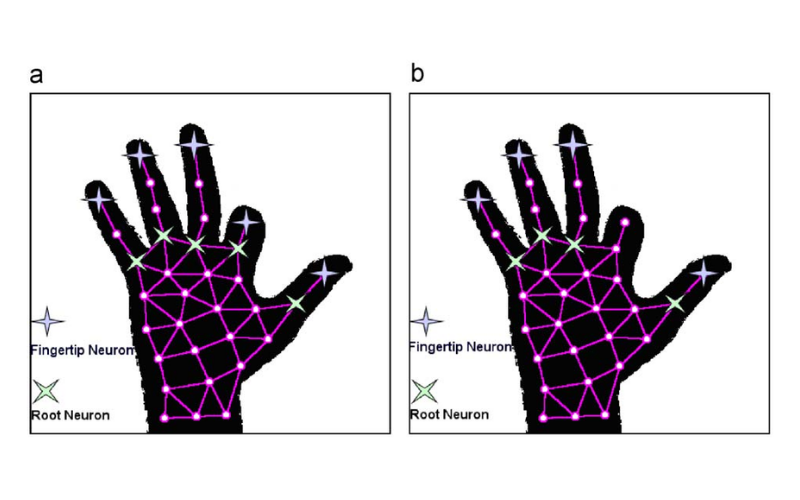
14. Forensics and Security
Computer vision plays a vital role in forensic investigations and security enhancement applications. It can detect suspects or individuals, analyse and improve surveillance footage, and track suspicious movements. It is used in security enhancement systems such as biometric identification and crowd monitoring.
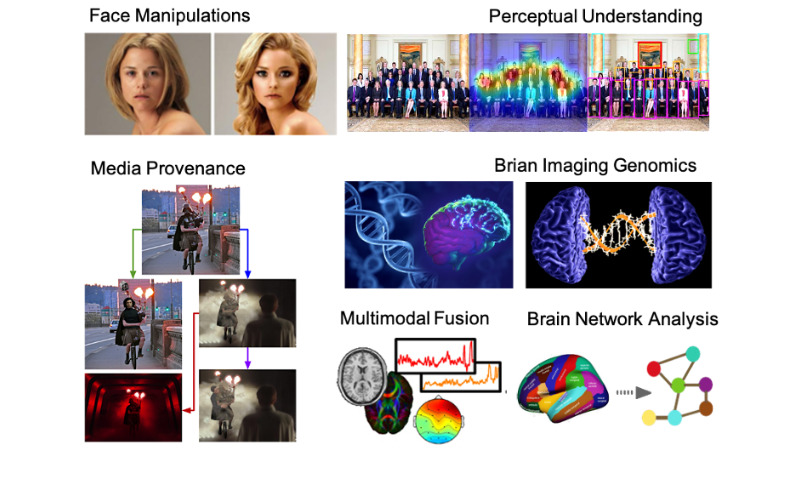
15. Traffic Management
Computer vision-based traffic management systems monitor and analyse traffic conditions, including vehicle flow, congestion, and compliance with traffic rules. They use cameras and image processing algorithms to detect vehicles, count traffic, and optimize traffic flow. They can also assist in identifying accidents, and traffic violations, and controlling traffic signals to improve overall road safety and efficiency.
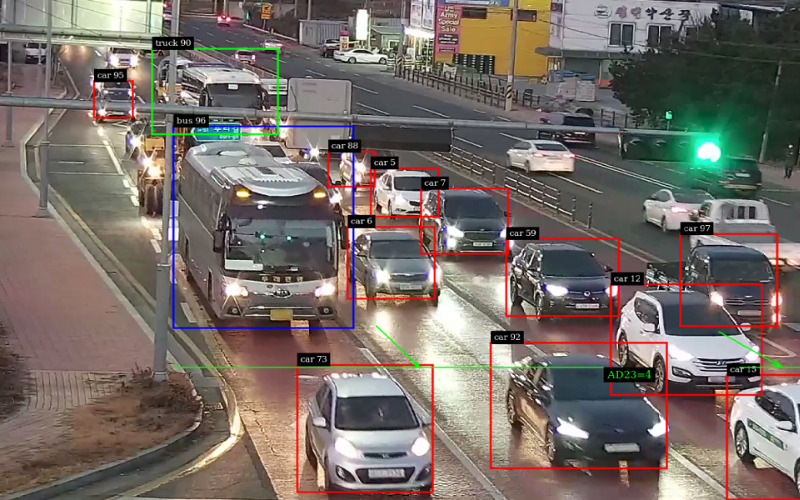
16. Artistic Style Transfer
Artistic style transfer is an application of computer vision which uses deep neural networks. The texture, style, pattern, colour, and other visual elements of famous works can be transferred to ordinary photographs, creating appealing and artistic images.
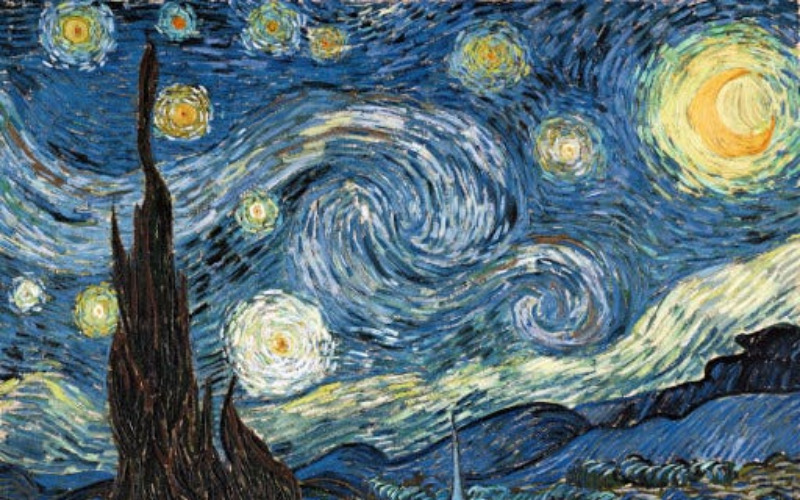
17. Video Surveillance
Computer vision-based video surveillance systems use intelligent algorithms and cameras to track and analyse videos in real-time. It can find anomalies, monitor objects or individuals, and offer real-time alerts for suspicious activities.
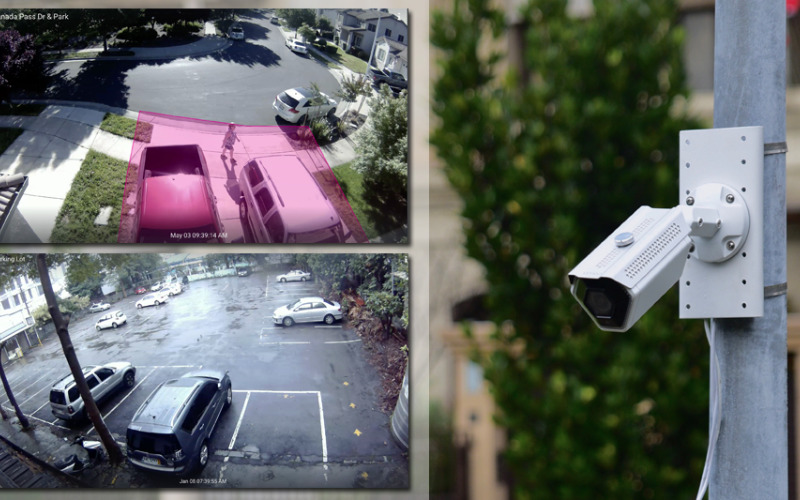
18. Sports Analytics
Sports analytics with computer vision involves tracking and analysing players’ movements. It can capture data on player positioning and ball trajectories, providing valuable information to coaches and player performance analysis, teams for strategic decision-making, and game improvement.

19. Fashion Recommendation
Computer vision is employed in fashion recommendation systems to offer personalised style suggestions to customers. By analysing customer preferences, body shape, and clothing attributes, it can suggest outfits and fashion items that match the customer’s taste and fit.
20. Wildlife Conservation
Wildlife conservation uses computer vision as a tool to beautify research, monitoring, and protection measures. Its use in wildlife conservation offers many benefits like improved performance, scalability, and accuracy in data analysis. It is used for animal monitoring and tracking. Cameras with algorithms can find and count endangered species, track their movement patterns, and track locations, contributing to wildlife protection and conservation efforts.

